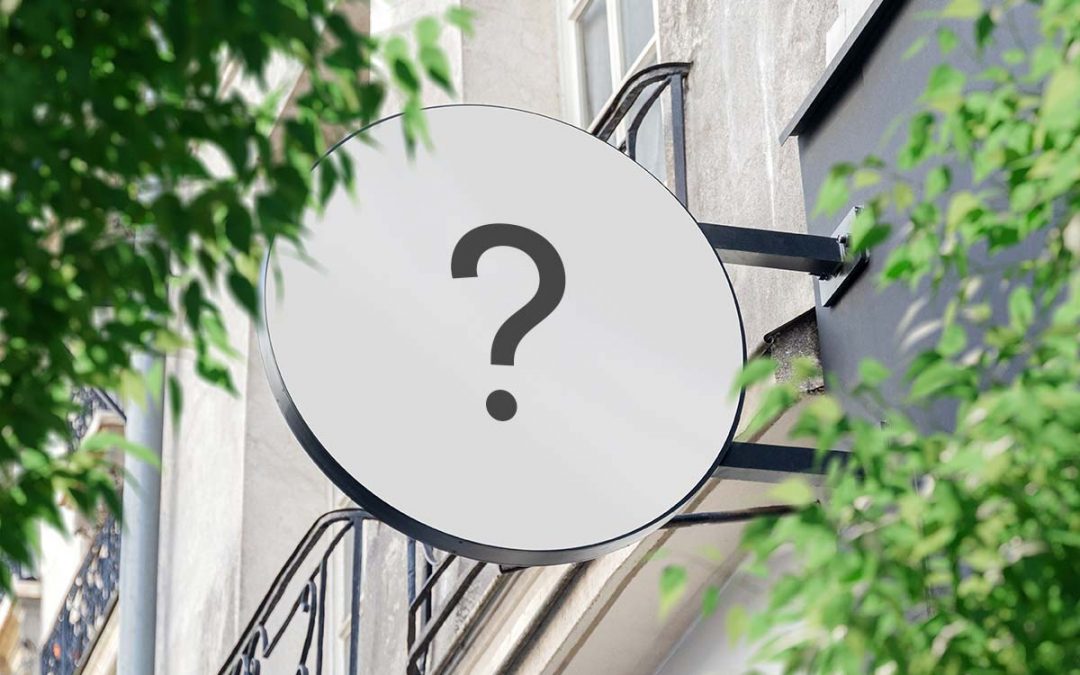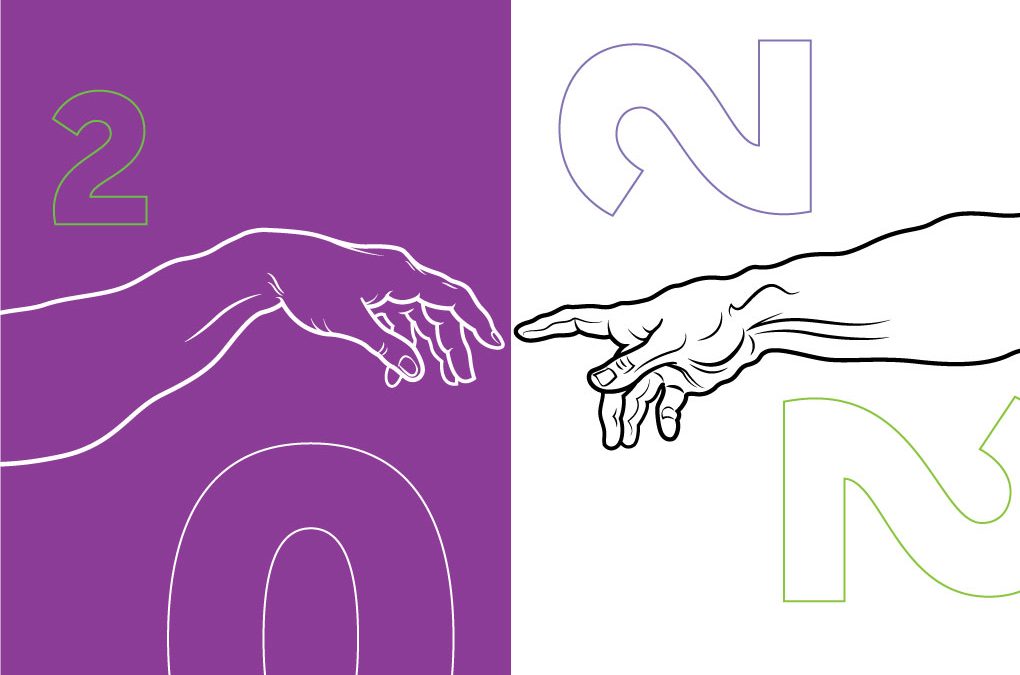Ugly, boring, and not good for much at all. As recently as 2019, the now-ubiquitous QR Code was looked upon as an over-hyped marketing device from a by-gone era. A bit like the CD-ROM or the USB keyring, printed QR Codes were yesterday’s gimmick bound for the dustbin.
So, where did QR codes come from, and how come we’re suddenly using them again?
In 1994 QR codes were invented as an inventory tracking device for the Japanese automotive industry. Then, in the late 2000s, the arrival of the iPhone enabled marketers to consider the code’s potential for mainstream audiences.
However, in these early days, the audience wasn’t impressed with what were typically disappointing outcomes. Scanning a code would often open a web page where the user could do little more than ‘find out more’.
Effectively consumers were being offered informational rather than transactional experiences.
Another problem with the previous iteration of QR codes – you had to download an app to use them. That may not sound like much of an inconvenience, but it was enough to ensure plenty of people didn’t bother using the code.
Then, two important things happened.
First, in 2017 Apple released IOS11 which meant iPhones could now scan QR codes without downloading an app. Technologically, this was a giant leap forward.
Secondly, COVID hit, and when authorities looked for a way to sign people into venues quickly, the maligned QR code came roaring back into fashion.
The gimmick was now a handy business tool. Within months marketers started rolling out new applications for the code.
Here are just a few of the examples we’ve seen during 2021:
Are you looking for work at the new takeaway joint? Go straight to the application form by scanning the code on the shop hoarding.
Have you seen an outfit you like on a poster? Buy it now by scanning the code in the bottom corner.
Run out of your medication? No need to visit your GP. Simply have them send you an e-script and get your pharmacist to scan the code.
Want to contribute to your church but don’t have any cash when the collection bowl comes around. Don’t worry. Simply scan and donate via the code on the back of the pew.
All of these are great examples of what’s known as crossover marketing or hard linking, connecting the physical and digital world.
They are also all transactional outcomes. The QR code adds value by speeding up the business process and reducing the burden on the consumer.
In addition, the QR code can alleviate the risk of losing a potential sale. A great marketing campaign creates desire but fails when time, complexity, and competing offers get in the way of the purchase. The immediacy of the code can help to reduce this problem.
Of course, not every application of the code is a raging success. Some restaurants have annoyed their patrons by moving the entire menu and ordering processes onto a QR-dependent platform.
Convenient, yes, but for whom? Remember, quality customer service still outranks most other forms of marketing.
The great news is, we appear to be amid an exciting development and innovation phase when it comes to QR codes, with businesses testing the water with ever more creative applications.
One reason for this is that as a piece of technology, the barriers to entry are relatively low. There are numerous free and easy-to-use online generators for QR codes. We recommend qrcodemonkey.
The other recommendation we make to our clients is don’t overuse the QR code. A good rule of thumb is one code application per piece of marketing. And remember, QR codes work best when presented for your customer’s convenience and not yours.






